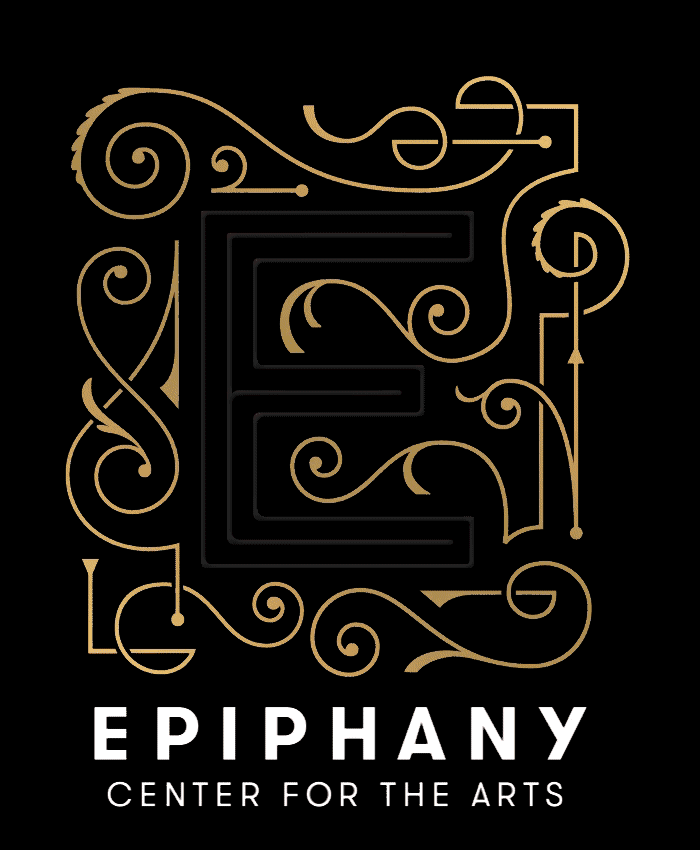VIEW THE COMPLETE ARTICLE HERE
Andrew Boynton explores the friction between might and right
By Annette LePique
February 9, 2024

In feudal law, the French proverb “nulle terre sans seigneur” refers to the practice of a vassal farming or fighting on behalf of a sovereign in exchange for the right to live, work, and die on “their” land. Yet, if we take the phrase at face value, that there can be “no land” without a ruler, then we speak of a system that is built upon an impossibility, a logical dissonance. For isn’t land the constant? What then makes a ruler? There has always been a thin line between lord, tyrant, and parasite.
It is the friction between right and might that Andrew Boynton explores to cheeky and sometimes chilling effect in the photography exhibition “No Land Without a Lord,” up at Epiphany Center for the Arts’s Sacristy space. Boynton’s lords are decrepit, debauched aristocrats, fools endowed with a frightening sense of entitlement for whatever and whoever they please. Boynton’s scenes, composed through a keen sense of the narrative and the historical, are nestled within light boxes meant to mimic the Sacristy’s stained glass.

Courtesy Epiphany Center for the Arts
Boynton’s inkjet prints, all a foot or more in width and height, depict the titular lords in various states of revelry and repose; these lords (like all lords) use their power to thoughtlessly fight, fuck, and laugh at you.
In Genteel (2021), cast-off items of clothing lie crumpled on an unseen ground. To the right, a curly white wig sits alone, partially out of frame. Near the bottom of the frame, a pair of legs clad only in knee socks lie akimbo. Thighs and buttocks curve out of frame. We do not see this person’s identity, it could be a lord or one of their conquests.
The focal point of House of Lords (2021) is the fulcrum of an ornate chandelier, set dead center within a circle of lords. The preening lords appear to peer downward, at you, the viewer. The image’s composition is simple but startlingly effective as it imbues the scene with the uncanny sensation that you are being watched, appraised, and found utterly lacking.
When I gaze at Boynton’s photographs I feel a bit like I’m in a fever dream but more so I feel as though I’m seeing a tale of a not too far off tomorrow.
“No Land Without a Lord”
Through 3/23: Mon-Tue, Thu-Fri 10 AM-4 PM by appointment, art@epiphanychi.com, Epiphany Center for the Arts, 201 S. Ashland, epiphanychi.com/andrew-boynton-no-land-without-a-lord
###
About Epiphany Center for the Arts
Conceived with the vision to return Epiphany to a place for people to congregate, the shuttered, historic Church of the Epiphany has been preserved and adapted into the Epiphany Center for the Arts, an iconic cultural hub “For the Good of Art, Entertainment and Events.” Thoughtfully designed, the exemplary 42,000-square-foot campus located on the artsy edge of Chicago’s West Loop neighborhood boasts three distinct venues (Epiphany Hall, The Sanctuary and The Chase House) and a stunning array of amenities. The campus also features eight galleries that serve as a platform for a diverse selection of artists from Chicago and beyond. Epiphany’s exhibitions showcase the work of women, the LGBTQIA community, artists of color, and the disability culture. Epiphany’s top priority is to curate programming that is inclusive, while providing a place established artists can collaborate with emerging ones. Epiphany’s programming serves to unite community and artists alike while “Bringing Chicago Together.” Visit www.epiphanychi.com to learn more.


